Hidden in the high desert of northwestern New Mexico, Chaco Culture National Historical Park preserves the ruins of a civilization that thrived over 1,000 years ago. Reaching this remote treasure requires preparation due to rough roads and limited services, but the reward is a profound connection to one of North America’s most advanced pre-Columbian cultures.
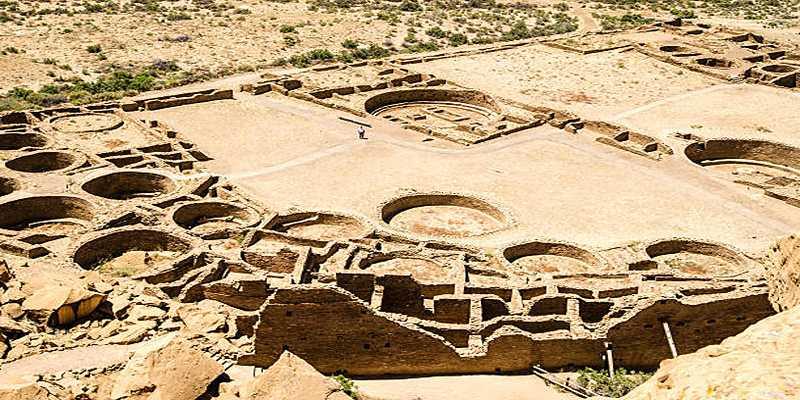
Chaco Culture National Historical Park sits roughly 150 miles northwest of Albuquerque, but the final approach requires careful planning. The park has no paved access roads, and the last 21 miles involve dirt and gravel surfaces that can become impassable during wet weather.
Two main routes lead to Chaco Canyon. The northern route via US 550 and County Road 7900 offers slightly better road conditions but adds extra mileage. Most visitors prefer the southern route via US 550 and County Road 7950, which provides more direct access despite rougher conditions in the final stretch.
GPS systems often provide unreliable directions to Chaco Canyon, so download offline maps or carry a detailed road atlas. Cell phone service disappears well before reaching the park, making navigation apps useless for the final approach.
High-clearance vehicles are best for the access roads, but standard cars can manage in dry conditions with caution. Avoid low-clearance sports cars or heavily loaded vehicles prone to scraping or getting stuck. Always check the weather—summer storms can make roads hazardous, and closures may leave visitors stranded or block entry.
Chaco Canyon's high desert climate creates distinct seasons that dramatically affect the visitor experience. Understanding these patterns helps you choose the optimal time for your road trip based on your priorities and tolerance for extreme conditions.
March through May and September through November offer the most comfortable weather conditions. Daytime temperatures range from 60-75°F, making hiking and exploration pleasant. Nighttime temperatures can still drop significantly, so pack layers and warm sleeping gear if camping.
Spring brings occasional wildflower displays, particularly after wet winters. Fall provides reliably clear skies perfect for the park's renowned stargazing programs.
June through August brings intense heat, with daytime temperatures often exceeding 90°F and sometimes reaching over 100°F. Early morning and evening activities become essential, with midday hours best spent in shaded areas or the visitor center.
Summer also brings monsoon season, typically starting in July. These dramatic afternoon thunderstorms create spectacular displays but can quickly make access roads impassable. Monitor weather forecasts closely and have contingency plans for extended stays.
December through February offers a completely different Chaco experience. Visitor numbers drop dramatically, providing rare solitude among the ancient structures. Winter conditions require serious preparation. Access roads become particularly challenging with ice and snow, and camping requires cold-weather gear rated for temperatures well below freezing.
The journey to Chaco Canyon passes through several interesting communities and landmarks worth incorporating into your road trip itinerary.
Most Chaco Canyon road trips begin in Albuquerque, New Mexico's largest city and a logical supply hub. Stock up on food, water, and fuel here, as services become increasingly limited as you head northwest.
The Indian Pueblo Cultural Center provides excellent context for understanding the ancestral Puebloan cultures connected to Chaco Canyon. Plan a few hours here to enhance your appreciation of what you'll see at the park.
The small town of Cuba sits about 50 miles from Chaco Canyon and represents your final opportunity for fuel, food, and emergency supplies. The town's gas stations and small grocery stores cater to Chaco-bound travelers.
Cuba also offers several modest lodging options for visitors who prefer not to camp. Book ahead during peak seasons, as accommodations fill quickly with Chaco visitors and hunters during certain seasons.
Chaco Culture National Historical Park protects over 4,000 archaeological sites spread across roughly 34,000 acres. The most impressive ruins cluster near the canyon floor, accessible via a nine-mile loop drive that connects the major sites.
Pueblo Bonito, Chaco Canyon's most iconic great house, features a massive D-shaped design with over 600 rooms and sections rising four stories. Likely used for ceremonies rather than housing, it offers insights into Chacoan culture. Explore the 45-minute self-guided trail, best enjoyed in the morning or late afternoon for ideal lighting and cooler temperatures.
Chetro Ketl, the park's second-largest great house, highlights advanced Chacoan masonry and architecture. Its great kiva and plaza reflect the cultural focus on ceremony and community. Across the canyon, Casa Rinconada, a massive circular great kiva, could host hundreds and features alignments hinting at astronomical purposes, offering a deeper glimpse into Chacoan society and traditions.
The Petroglyphs Canyon Trail leads to one of the Southwest's most impressive collections of rock art. This moderately strenuous hike covers about 3.8 miles round trip and includes some scrambling over rocks and ledges. The petroglyphs span centuries of occupation, from Chacoan times through more recent Navajo use of the canyon. Interpretive information helps visitors distinguish between different artistic traditions and time periods.
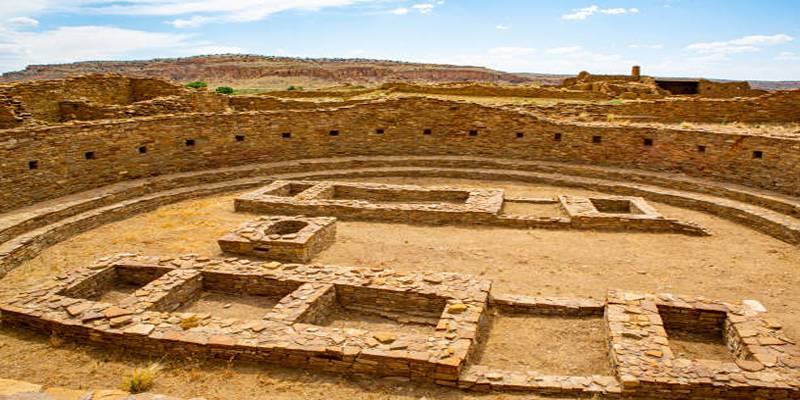
Chaco Culture National Historical Park earned designation as an International Dark Sky Park, recognizing its exceptional night sky conditions. The combination of high elevation, dry climate, and minimal light pollution creates outstanding stargazing opportunities.
During peak seasons from spring to fall, park rangers host night sky programs blending astronomy education with insights into how the Chacoan people used celestial observations in their architecture and rituals. Guests can enjoy telescope views of planets, star clusters, and galaxies. Chaco Canyon’s stunning Milky Way offers a breathtaking experience rarely seen in urban areas.
Chacoan great houses showcase advanced knowledge of celestial cycles through precise astronomical alignments. At Casa Rinconada, windows and doorways frame solstice and equinox sunrises and sunsets, while Pueblo Bonito features similar solar alignments. These architectural designs suggest the Chacoan people used their structures as large-scale calendars and observatories to track and honor celestial events.
Chaco Canyon offers limited accommodation options, requiring advance planning for overnight visits. The park's remote location means that services available at most national parks simply don't exist here.
Gallo Campground, the park’s only campsite, features 49 individual sites and one group site. Amenities include picnic tables, fire rings, vault toilets, and water (though supplies may run low during peak times). No showers or hookups are available. Reservations are essential, especially on weekends. Carry extra water, particularly in summer when demand increases.
Experienced backpackers can enjoy solitude and stunning stargazing with backcountry camping in designated areas. This adventure requires self-sufficiency and adherence to Leave No Trace principles. Permits must be secured in advance from park headquarters, where rangers provide details on approved sites and current conditions. Plan ahead for an unforgettable wilderness experience.
Cuba, New Mexico, is the nearest lodging option to Chaco Canyon, about 50 miles away, with small motels and bed-and-breakfasts for non-campers. Farmington, 80 miles from the park, offers more diverse lodging and dining choices, but its distance and difficult access roads make it a less convenient base for exploring Chaco Canyon.
Chaco Canyon, one of America’s greatest archaeological wonders, offers a rare glimpse into an ancient civilization. The remote location deters casual visitors, rewarding those who plan carefully with stunning views of ancient great houses under starry skies. Check road conditions, prepare for the terrain, and book camping early to experience this awe-inspiring destination. Chaco Canyon awaits!
 TOP
TOP
If you still believe that women don’t get heart diseases or that only older people can have heart diseases, you are wrong
 TOP
TOP
How building wealth is possible at any age with practical strategies that focus on consistent habits, smart choices, and long-term thinking
 TOP
TOP
Start making the most of your 401(k) today and secure a stronger financial future. Learn how timing, employer matches, and smart contributions can improve your retirement
 TOP
TOP
How financial aid for college works—from grants and scholarships to loans and work-study programs. Get clear, practical guidance for every funding option
 TOP
TOP
Discover 5 unique horse races that take place around the world, blending speed, thrill, and stunning cultural locations.
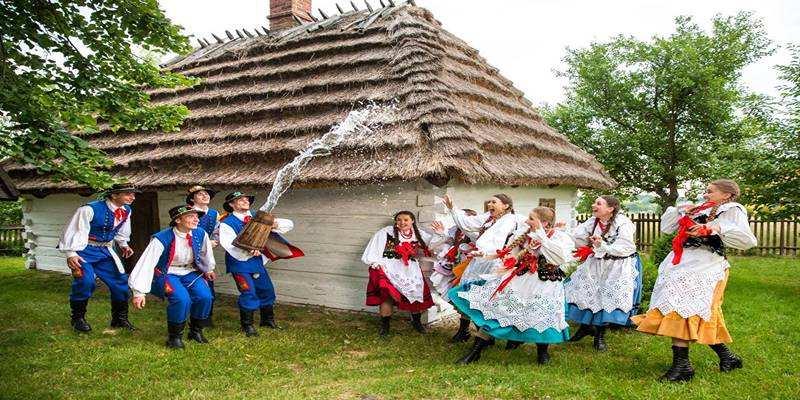 TOP
TOP
Discover how Easter is celebrated across countries, from egg rolling to water fights, offering joy through local traditions.
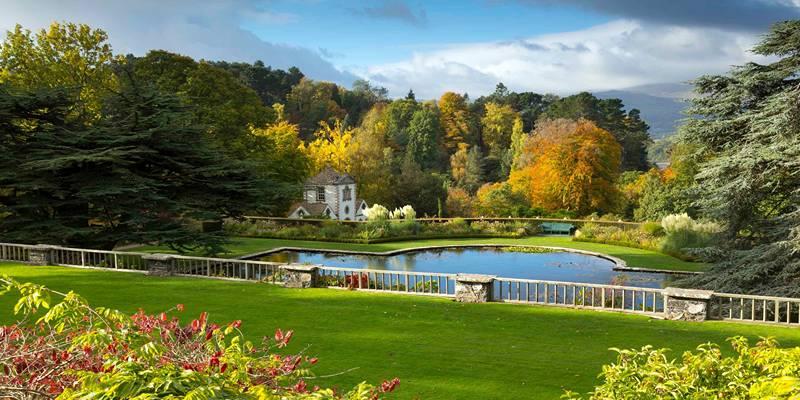 TOP
TOP
Explore North Wales’ most breathtaking gardens, from serene floral paths to hillside greenery with sea views.
 TOP
TOP
Wondering if it’s the right time for a loan? Learn how rates, timing, and your finances impact the decision.
 TOP
TOP
Discover the top reasons to pay credit card bills on time and how it safeguards your credit, money, and peace of mind.
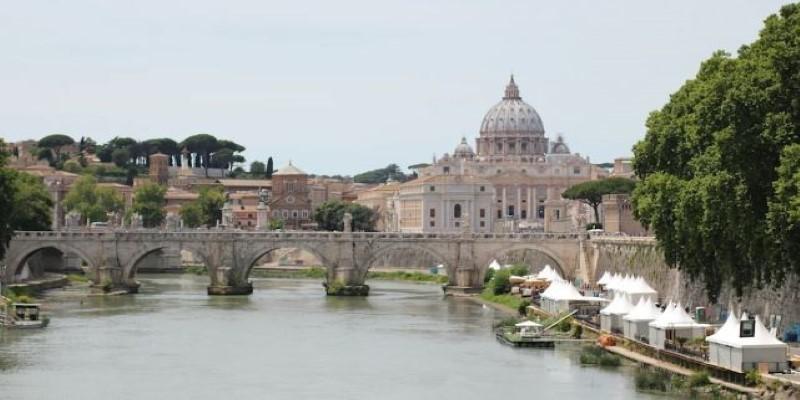 TOP
TOP
Uncover the best experiences in Rome, Italy, with this essential guide. Walk through ancient ruins, explore piazzas, visit historic churches, and get to know the Eternal City at your own pace
 TOP
TOP
Discover the best places to stay in Nashville, from lively downtown hotels to charming neighborhood rentals. Explore top areas suited for music lovers, families, and anyone seeking the perfect Nashville experience
 TOP
TOP
Thinking about a lease buyout? Learn how to evaluate your options, compare costs, and decide whether keeping your vehicle is the right move. Understand the financial side before making your next step